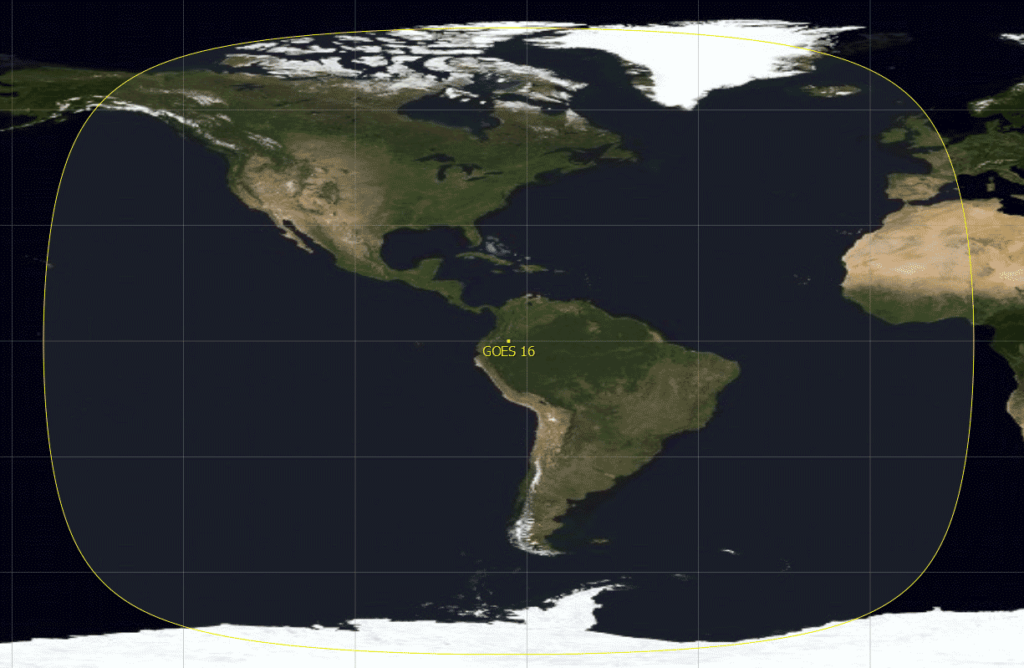On June 25 the NOAA GOES-U weather satellite was successfully launched on a SpaceX Falcon 9 Heavy rocket. Once it reaches geostationary orbit, this will be a new weather satellite that RTL-SDR hobbyists can receive with an RTL-SDR dongle, satellite dish, and LNA.
From launch, it will take about two weeks for GOES-U to reach geostationary orbit and once it gets there it will be renamed to GOES-19. It is due to be positioned where GOES-16 currently is, and GOES-16 will become the redundant backup satellite. This positioning will make the satellite visible to those in North and South America.

We are anxiously looking forward to the first images from GOES-19 received by hobbyists, but once positioned it will probably take several weeks to be tested and calibrated before hobbyists can receive any signals on L-band.
Over on X, @WeatherWorks posted a short video showing that the launch plume was visible from GOES-16.
A successful launch of @NOAA's GOES-U satellite yesterday. But was even cooler? It was seen from GOES-16! Check it out. It may be hard to see, but a cloud blips into view on satellite as the @SpaceX falcon heavy rocket as it lifts off from Cape Canaveral. #Space #SpaceX #GOESU… pic.twitter.com/e1s261y797
— WeatherWorks (@WeatherWorks) June 26, 2024
The @CIRA_CSU account has also posted a video from GOES-18 which shows the launch in the water vapor bands
— CIRA (@CIRA_CSU) June 26, 2024GOES-U has made it to space and is on its way to geostationary orbit around Earth.
This 30-second imagery from GOES-18 shows the launch and booster separation as seen across all three water vapor bands.
GOES-U will be renamed as GOES-19 once it makes it to geostationary orbit. pic.twitter.com/u9KfRyfdM7
Finally, @SpaceX has also posted a video showing the deployment of the satellite, with an impressive shot showing how far away it is from the Earth.
Deployment of @NOAA’s GOES-U satellite confirmed pic.twitter.com/Q5CDr6FSaL
— SpaceX (@SpaceX) June 26, 2024
